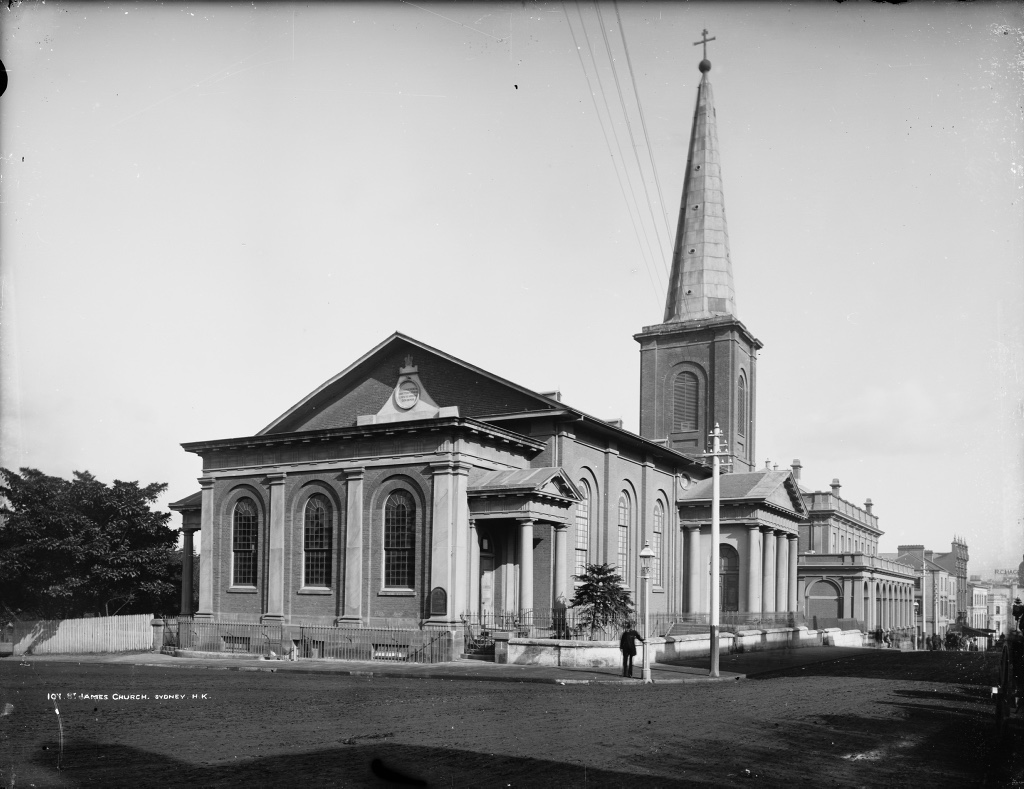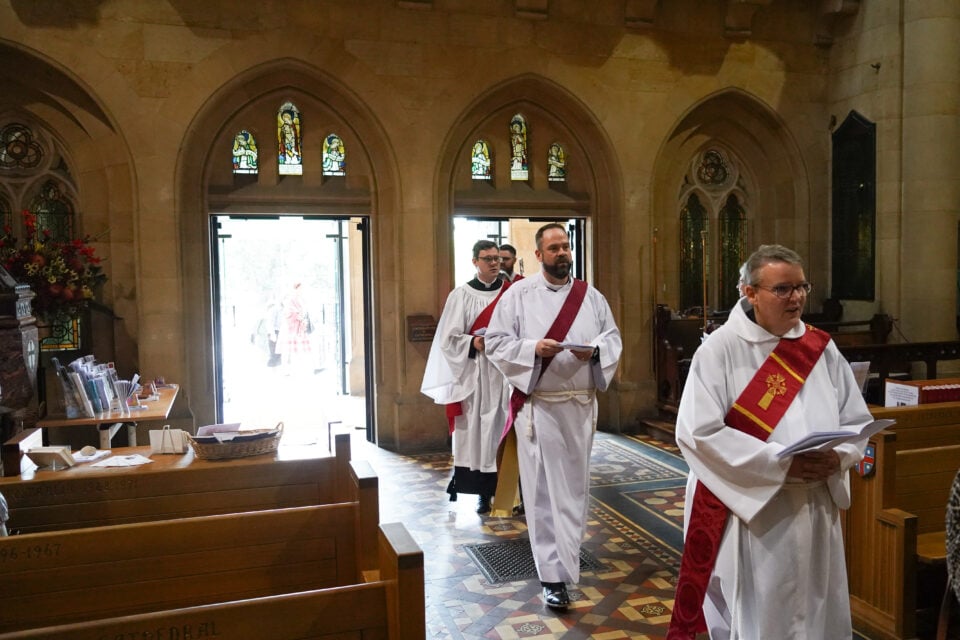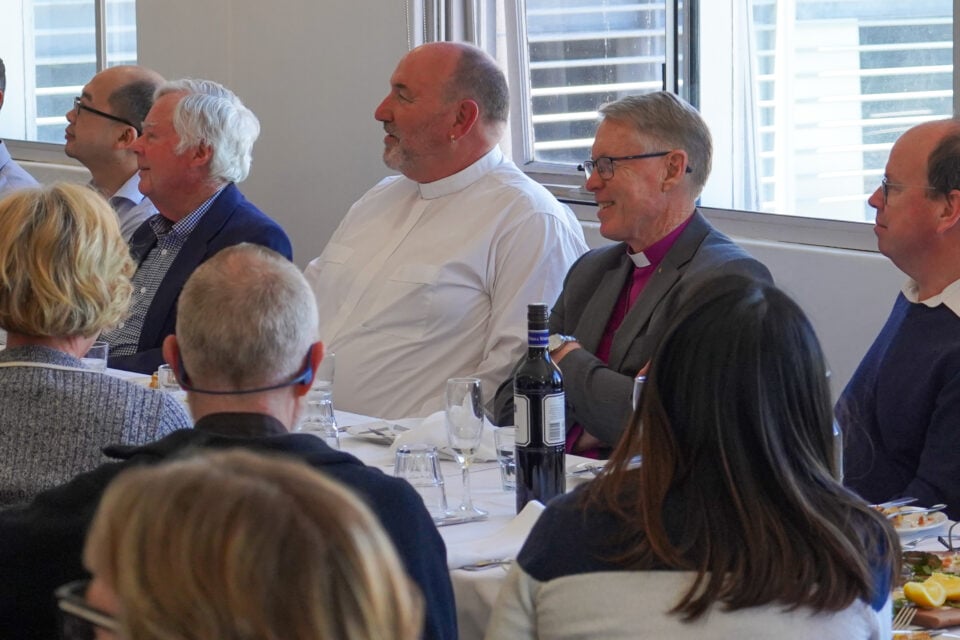The British newspaper Church Times this month looked back 100 years, republishing its report on developments in the Australian Church in 1923, which it noted “seems to be definitely moving at last towards homogeneity”.
“The Synod lately held at Melbourne has passed a resolution in favour of an all-Australian Convention to prepare a common constitution for the Church in Australia,” it reported, noting that a few dioceses still hold out against the idea of an Australian Church “free from entanglements with the Privy Council”.
“Sydney, of course; Brisbane, rather oddly; Bendigo and Tasmania are reported to have voted against the proposed severance of the nexus. But the rest were for freedom.”
Noting that it would surprise some readers that the Australian Church was still bound to the English Church, the paper explained the structure. “Though it has acquired, slowly and with difficulty, a provincial organisation, in face of strong opposition from within its own borders, there are some dioceses which are extra-provincial, Tasmania, Adelaide, Willochra, and North-West Australia.”
You can read the full read the report here.
For all Church Times‘ optimism of a speedy resolution, it wasn’t until 1 January 1962 that the Australian church became fully independent, headed by its own primate. And it was not until 24 August 1981 before it officially changed its name from the Church of England in Australia and Tasmania to the Anglican Church of Australia.
The picture at the header of this article is of St James Church, King Street, Sydney, consecrated in 1824 and one of the country’s oldest Anglican churches.






